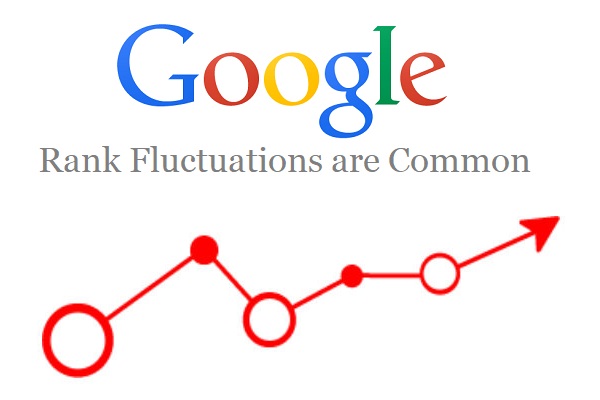The website that gets the top rank on a search engine is the one that the engine deems to have the best fit in quality and relevance for the user query at hand. Therefore, SEO is about improving the entire website to make it more relevant to user queries – it’s not just getting and using targeted keywords, but rather building consistent themes that match those words and/or phrases.
When you have a website with disjointed information relating to no specific theme in particular, you will suffer low rankings for your choice keywords. This is where the concept of creating silos comes in. Silos are used to clarify what content a site contains and how relevant it is to a user’s query. This lays the foundation to gain higher search engine rankings for targeted keywords, which makes it an important technique for SEO.
What is siloing?
The term ‘siloing’ comes from the well-known use of the English word ‘silo’, which is a tall structure used to store related materials in bulk. For websites, siloing is about contrasting distinct blocks of information separately within the site depending on how they are related. It is equivalent to having parts and chapters in a book.
Creating these groups is important for SEO because for search engine to award relevance to your content, they will not only crawl the page in question, but also the rest of the site containing information related to that page.
High ranking websites are arranged in much the same way as a doctoral dissertation – the title is clearly identifiable, followed by the abstract, table of content and content, grouped in such a way as to emphasize the main reason for the dissertation (theme). Many sites with good content remain obscure simply because they have not implemented thematic grouping to create flow within their content and establish the relevance of their content to the subject under discussion.
Phases of siloing
Siloing is a multi-stage process that requires detailed planning and implementation. However, it mainly involves the following stages:
- Determination of subject themes in relation to user queries and targeted keywords – identify those that rank highly as well as those that legitimately apply to the content you have.
- Determination of the possibility of physical siloing by redesigning the directory structure.
- Examination and improvement of the internal linking structure to establish and emphasize thematic grouping within the site.
- Creation and publication of relevant and high quality content including targeted keywords for the separate silos.




